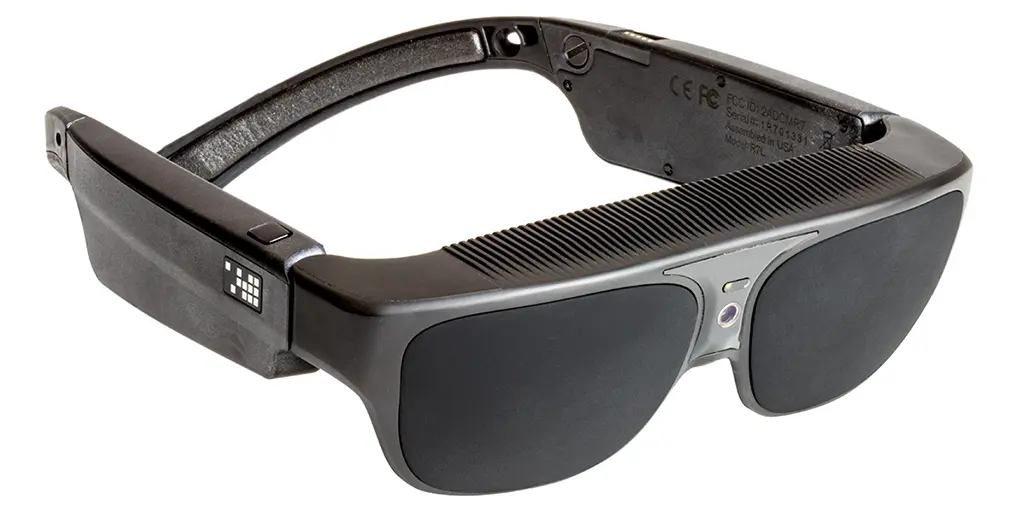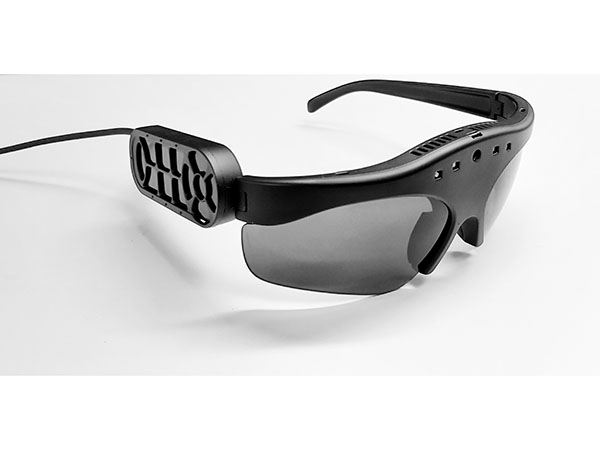Top Braille Displays and Notetakers to Enhance Accessibility for the Blind
Top Braille Displays and Notetakers to Enhance Accessibility for the Blind
Blog Article
Enhancing Accessibility With Assistive Innovation for the Blind
The assimilation of assistive innovation for the blind represents a crucial advancement in access, essentially modifying exactly how people navigate their environments and involve with culture. As we explore the diverse types of assistive tools and their tangible influences on everyday living, it comes to be vital to check out exactly how ongoing technical developments are improving the landscape of support for the blind community.
Introduction of Assistive Technology
Assistive innovation refers to a series of gadgets and software designed to enhance the abilities of individuals with specials needs, including those that are blind or visually damaged. This modern technology plays a vital duty in promoting freedom and boosting the lifestyle for customers. By providing alternate methods for accessing info and executing everyday jobs, assistive modern technology equips people to browse their settings a lot more effectively.
The growth and implementation of assistive modern technology accept a selection of concepts focused on promoting availability. These principles include user-centered layout, which focuses on the needs and preferences of the person, and the assimilation of innovation into day-to-day tasks. Such advancements make certain that assistive gadgets are not only useful yet additionally user-friendly and easy to make use of.
In addition, assistive technology encompasses a diverse spectrum of options, from low-tech choices like magnifiers to high-tech technologies such as screen readers and Braille display screens. The recurring evolution of this area is driven by the need to resolve the special obstacles encountered by people with aesthetic impairments (Wearable technology for low vision). As modern technology remains to breakthrough, the capacity for boosting ease of access and advertising inclusivity remains encouraging, eventually adding to a more fair culture

Kinds of Assistive Devices
Countless types of assistive gadgets are available to support people who are blind or aesthetically damaged, each created to address details demands and obstacles. These devices can be broadly categorized right into three primary kinds: low-tech, mid-tech, and modern remedies.
Low-tech tools include products such as magnifiers, Braille labels, and tactile maps. These are fairly easy devices that improve the customer's capability to communicate with their environment without calling for complicated technology.
Mid-tech gadgets usually involve a lot more advanced features, such as electronic magnifiers and mobile Braille note-takers. These devices can supply performances like speech output, allowing customers to accessibility info much more effectively.

Influence On Daily Living
The availability of numerous assistive devices dramatically improves the quality of life for people who are blind or aesthetically impaired, influencing their everyday living in extensive methods. By incorporating innovations such as screen readers, Braille shows, and audio description services right into their routines, individuals acquire higher freedom and independence. These devices facilitate access to information, making it possible for individuals to execute everyday tasks, such as reviewing e-mails, navigating public rooms, and delighting in media web content.
Moreover, assistive gadgets encourage individuals to engage more completely in social communications and community activities. The capability to make use of smartphones furnished with accessibility features permits smooth interaction and link with others. This connection cultivates a sense of belonging and decreases sensations of seclusion.
In specialist setups, assistive technology sustains performance by permitting people to full job jobs successfully. Tools like voice acknowledgment software program and specialized zoom tools allow users to participate in the workforce on equal footing with their sighted peers.

Advancements in Technology
Recent technical developments have actually considerably changed the landscape of devices offered for individuals that are blind or aesthetically impaired. The integration of expert system (AI) and device discovering has actually generated applications that improve navigating and item recognition. For instance, smartphone eye exam places near me apps can currently make use of AI to determine and define environments in real-time, giving customers with useful contextual information.
Furthermore, developments in haptic technology have actually caused the advancement of smart canes outfitted with sensors that discover obstacles and provide responsive feedback. This equips individuals to navigate their atmosphere with enhanced self-confidence and self-reliance. Advancements in text-to-speech software and braille screens have actually enhanced the availability of digital material, permitting for seamless communication with numerous media.
Wearable innovations, such as clever glasses, are also making strides in assisting learn the facts here now aesthetic problems. These gadgets can provide increased reality experiences, superimposing critical info onto the customer's field of view. Jointly, these advancements not only boost the quality of life for individuals who are blind however additionally promote greater addition in culture. As innovation remains to evolve, the capacity for also more transformative devices continues to be imminent.
Future Trends and Innovations
As technology swiftly advances, the future of assistive devices for individuals who are blind holds tremendous guarantee. Innovations in expert system (AI) and artificial intelligence are poised to transform the means blind individuals interact with their atmospheres. For example, AI-driven applications are being created to enhance things recognition, permitting users to determine and navigate their surroundings with better simplicity and precision.
In addition, advancements in haptic feedback innovation are making it possible for the development of responsive maps and navigating aids that offer real-time info via touch. These developments not just boost mobility this contact form however likewise foster self-reliance. Additionally, wearable gadgets geared up with enhanced truth (AR) functions are arising, offering users visual info with sound summaries, therefore connecting the void in between the physical and electronic globes.
In addition, the integration of wise home modern technology offers brand-new opportunities for ease of access, enabling people to manage their living atmospheres with voice commands or smart device applications. As cooperation in between technology programmers and the blind area proceeds, the emphasis on user-centered layout will ensure that future advancements are tailored to satisfy the distinct needs of this population (Wearable technology for low vision). The trajectory of assistive technology promises an extra comprehensive and empowering future for people that are blind
Final Thought
In conclusion, assistive modern technology plays an important role in boosting accessibility for people with visual problems. Constant innovations in innovation and user-centered layout guarantee that these devices cater properly to the unique needs of the blind neighborhood.
The integration of assistive innovation for the blind stands for a pivotal improvement in ease of access, fundamentally modifying exactly how people navigate their settings and engage with society.Assistive technology refers to a variety of devices and software program designed to improve the capacities of people with impairments, consisting of those that are blind or visually impaired. Wearable technology for low vision.As innovation quickly proceeds, the future of assistive devices for individuals who are blind holds enormous assurance. The trajectory of assistive technology promises a much more comprehensive and empowering future for people that are blind
In final thought, assistive modern technology plays an essential function in improving access for individuals with visual impairments.
Report this page